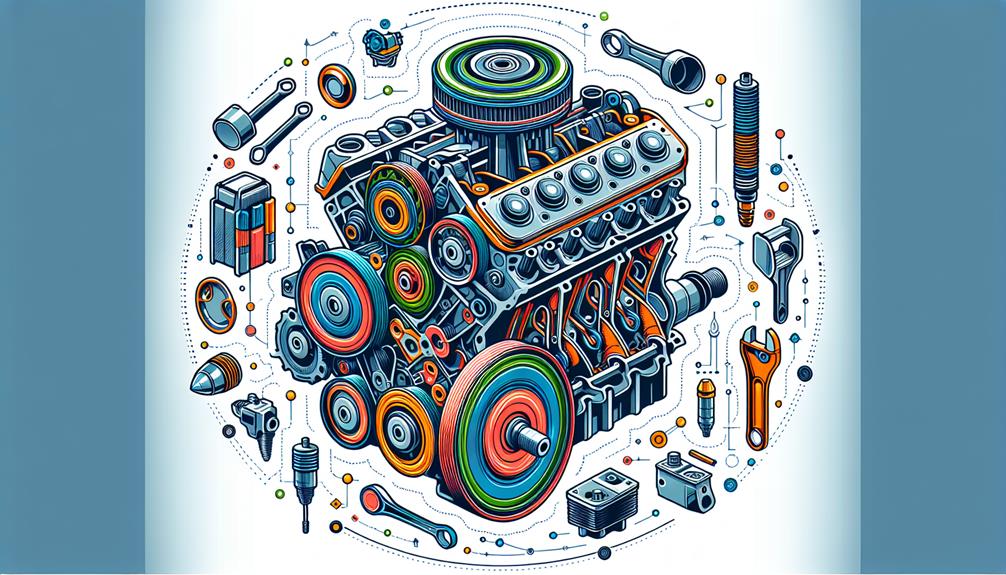
The Core of Power: Exploring Key Engine Components
February 15, 2022
The Mechanic’s Guide to Engine Anatomy: Components and Functions
February 15, 2022In the realm of automotive engineering, the internal combustion engine stands as a triumph of complexity and precision. This intricate assembly, often perceived as the heart of any vehicle, relies heavily on a well-coordinated interplay between three vital components: pistons, valves, and cams. Pistons, housed within cylindrical chambers, convert the energy from fuel combustion into auto mechanic force. Valves, acting as gatekeepers, regulate the flow of mixed air and fuel into the combustion chamber and the exit of exhaust gases. Cams, or more precisely, camshafts, control the timing and sequence of valve operation. These integral parts, while mechanically simple, are fundamental to the engine’s operation. However, the depth of their influence extends beyond the surface – their design, materials, and precise coordination can impact engine performance, fuel efficiency, and emissions. To fully comprehend these implications, we must dissect their function and interrelation in more granular detail, peeling back the layers of this mechanical marvel.
Understanding Pistons in Car Engines
Integral to every internal combustion engine, pistons transform the energy created from fuel combustion into mechanical force, driving the movement of the vehicle. Elucidating the function of pistons is essential in understanding vehicular operation. Pistons are cylindrical apparatuses housed in the engine’s cylinder. As fuel and air mix within the cylinder, ignition from the spark plug causes an explosion, forcing the piston down the cylinder bore. This downward movement, known as the power stroke, is converted into rotational energy via the connecting rod and crankshaft. The piston then returns to its original position during the exhaust stroke, expelling the combusted gases. This continuous cycle of energy transformation, facilitated by the piston, is the fundamental process that propels every vehicle. Understanding this intricate process fosters a deeper appreciation for automotive mechanics.
The Role of Valves and Cams
While the pistons provide the critical power stroke, the seamless operation of an engine is also dependent on the strategic function of valves and cams. Valves, regulated by the camshaft, control the intake of air-fuel mixture and the expulsion of exhaust gases. Each cylinder has at least one intake and one exhaust valve which open and close at precise times during a combustion cycle.
The camshaft, with eccentric lobes called cams, interacts with the valves through pushrods or rocker arms, dictating their opening and closing movements. The rotational motion of the camshaft is transformed into the linear motion of the valves. Hence, the synchrony between valves and cams is vital for efficient engine performance, forming an integral part of the engine’s symphony.
Conclusion
In essence, the intricate dance of pistons, valves, and cams within an engine is a paradoxical testament to human ingenuity – a complex choreography of auto mechanic simplicity. Their synchronised operations not only facilitate motion but also exemplify the harmony of engineering. Thus, these humble components, often overlooked, are the very lifeblood of automobile propulsion, turning the abstract into motion, and the theoretical into the practical. Their significance, though understated, is indisputably fundamental to the functionality of car engines.




